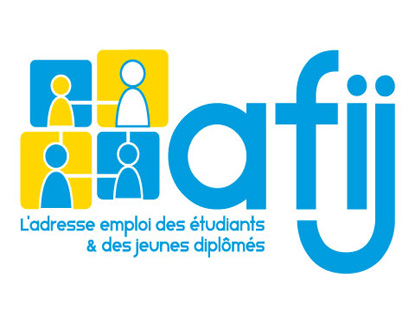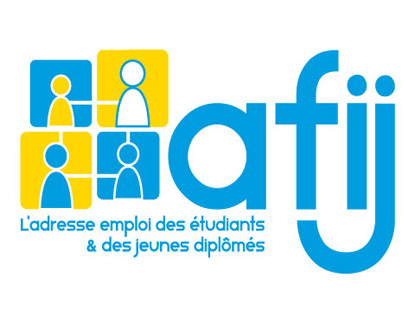For the past four years, AFIJ has conducted two surveys each year, one in April and another in September, on the professional integration of recent graduates from the previous year. By April 2012, 43% of young people who graduated in 2011 were employed, while 57% were unemployed.

32% of the young graduates in 2011 have not held any job since receiving their diploma, while 68% have held a job, but only 43% remain employed as of April 2012.
Among those employed, 58% have a lasting job (permanent or fixed-term contracts longer than six months), whereas 42% have a fixed-term contract shorter than six months; among them, 44% have held a temporary job since graduating.
This initial work experience lasted less than 3 months for 56% of them, between 3 to 6 months for 36%, and more than 6 months for 8%. They often took up a temporary job (61%), a job somewhat aligned with their career goals (16%), or one that fully matched their aspirations for 23%.
A portion of them (22%) receive unemployment benefits (after working for at least 4 months), while others receive the RSA (17%).
The initial results of this survey illustrate, on one hand, the current reality of the stabilization of professional integration paths between 2010 and 2011 graduates, although there are inequalities depending on the profiles.
The transition to working life remains lengthy: 57% of the young people are unemployed and, among those who are employed, 42% have contracts lasting less than six months…
On the other hand, they reveal a structural trend that confirms the persistence of the non-linear nature of integration paths for most young graduates, who alternate between periods of employment and unemployment, involuntary part-time work, stopgap jobs, etc., before achieving stable employment.


